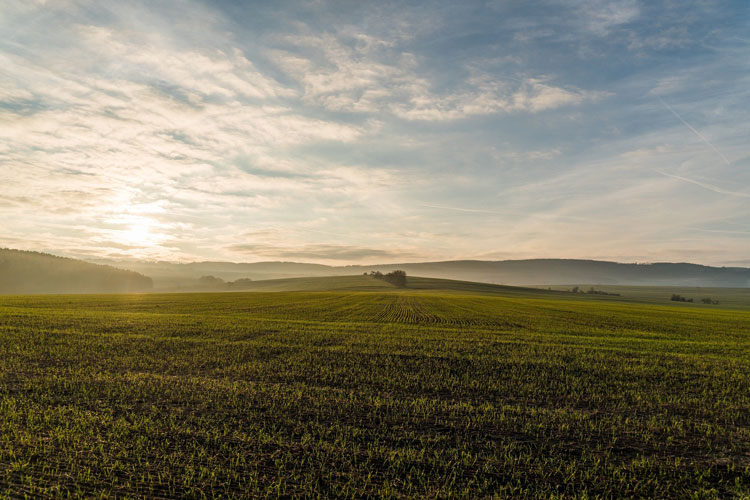
The number one challenge for young farmers and young people who want to get into farming is access to land, the 2022 National Young Farmer Survey recently reported. This likely comes as little surprise to those who currently farm and know just how capital-intensive agriculture is. Now consider starting your business over from scratch — where would you start and how would securing that location be possible?
The survey, which was carried out by the National Young Farmers Coalition along with the University of Wisconsin Survey Center, received more than 4,300 responses from current, past, and aspiring farmers under age 40 to gauge the motivations, challenges, and opportunities this group faces in playing their part to feed the world. The young farmers surveyed were most likely to grow vegetables, fruit, and flowers, but we know livestock and dairy production are also home to a number of beginning farmers.
Land is also certainly an issue for farmers of any type and size. Over half of the survey’s respondents who are actively farming said they need more access to land to buy or lease, and 59% of young farmers said finding affordable land to buy is very or extremely challenging. Even finding available land to buy was noted as very or extremely challenging for 45% of respondents.
“Regardless of years of experience or geographic location, land access is the top challenge facing the next generation of farmers in the United States,” the report stated. This issue is even greater for farmers of color, it continued. Land is a valuable asset on which young farmers can be outbid on by developers or other non-farmers, as well as more established farmers. For smaller operations, saving money for a down payment may be difficult.
The report even notes that two-thirds of respondents who quit farming say that finding affordable land to buy was a major challenge. Even finding land to lease was a significant factor in young people leaving production agriculture. When young farmers do find land to buy, they often said they felt what they pay was at least somewhat expensive, the survey found.
It also noted that due to the advancing age of U.S. farmers, nearly half of our country’s farmland is expected to change hands in the next two decades. This provides opportunities for more young people interested in farming to explore land access, but they must have the capital and resources available to purchase or lease it.
Programs exist for young farmers through USDA, but only half of the survey’s respondents said they had used any of those tools. The majority didn’t know what resources were available to help them. First-generation farmers particularly have difficulty accessing land.
As the development of the next farm bill gains steam in the coming months, there will be opportunities to develop solutions for some of the issues young farmers face in gaining access to land, the report outlines. Access to land provides security for farms to invest in their operations and contribute to their local food system. Ask what farmer can help feed the world when they don’t have a farm?








